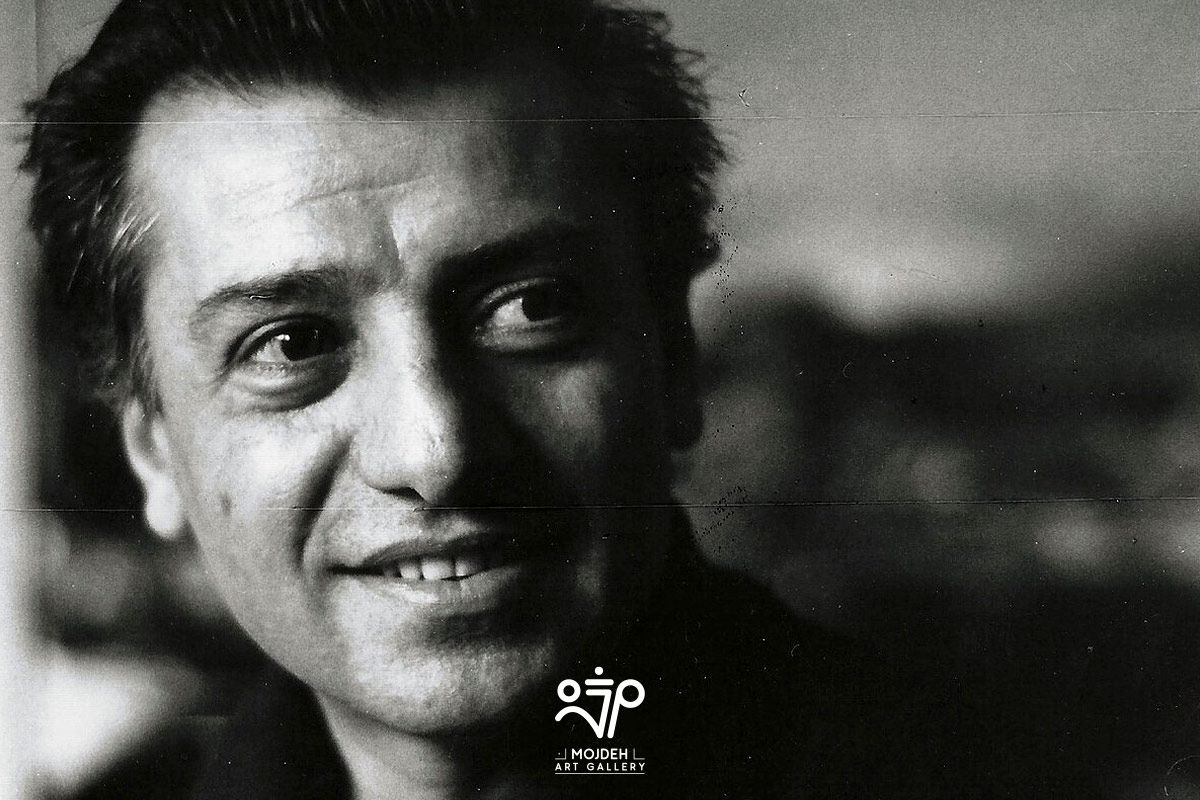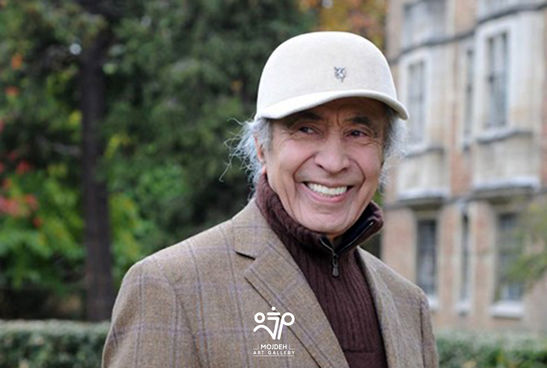Nasser Assar

Nasser Assar was born in Tehran in 1928. He was the son of Ayatollah Seyyed Kazem Assar, a prominent cleric and professor at the University of Tehran. Growing up in a family deeply rooted in ancient Iranian literature, philosophy, and art, later manifested in Assar's life and works. Nasser Assar's sister, Shamsi Assar, was also among the intellectuals who, during the Pahlavi II era, attempted to collect and archive Iranian folk songs. Nasser Assar graduated from the Faculty of Fine Arts in Tehran and thus learned painting academically. He then went to European countries, especially Germany and England, and finally resided in Paris until the end of his life. During this period, he participated in numerous exhibitions, and his works shone in Europe. His permanent presence in France, although bringing him fame in that country, prevented him from presenting his works sufficiently in Iran. As mentioned, Nasser Assar's works are rooted in the ancient culture of the East, classical Iranian literature in terms of rhythm, and a complement to other rich cultures. If we want to point out two main points in his works, we must address his method of perspective construction, which, unlike Western perspective, moves towards a kind of Far Eastern perspective, especially Japanese and Chinese, in which the viewer is present in nature, intertwined with it, and lives within it. In fact, for Assar, perspective means a structure that creates the horizon of the viewer's mind in front of the painting as an introspective subject. The subject is intertwined with nature and alive with it. On the other hand, we see that Assar offers the viewer calm, focused rhythms with fewer color ups and downs, and in all these areas, we witness the profound influence of Eastern culture, mysticism, and classical literature and its rhythms. Assar passed away in Paris in 2011 after a continuous effort in the field of visual arts.
Sohrab Ahmadi


